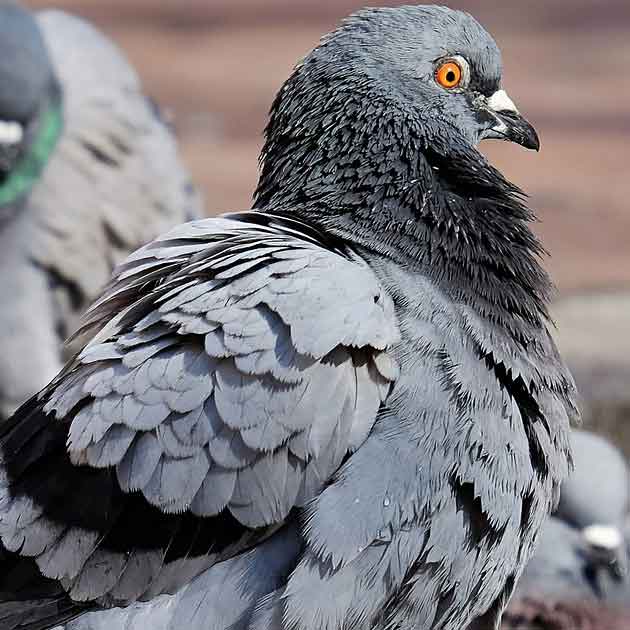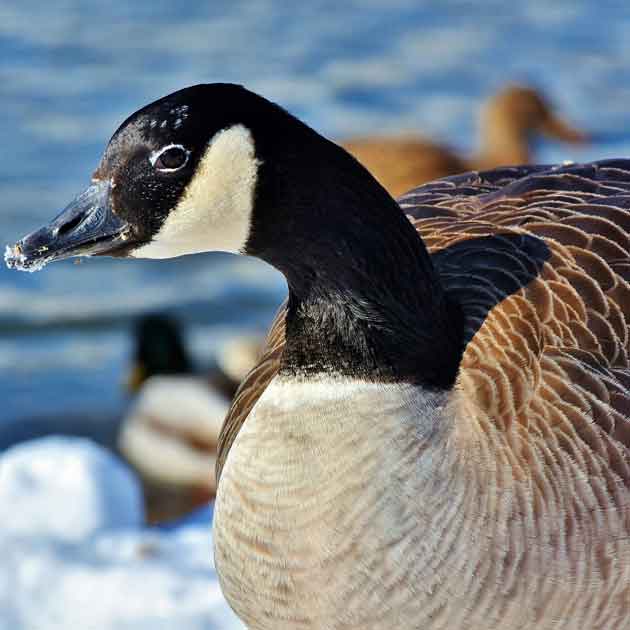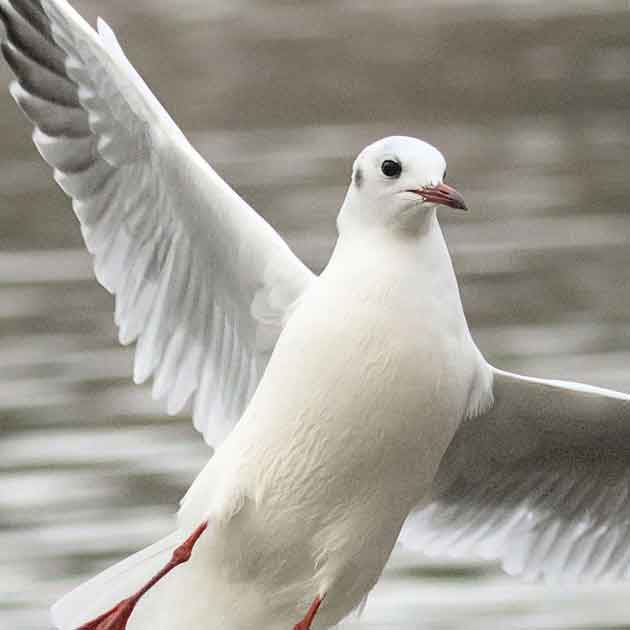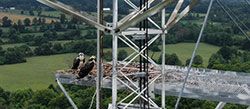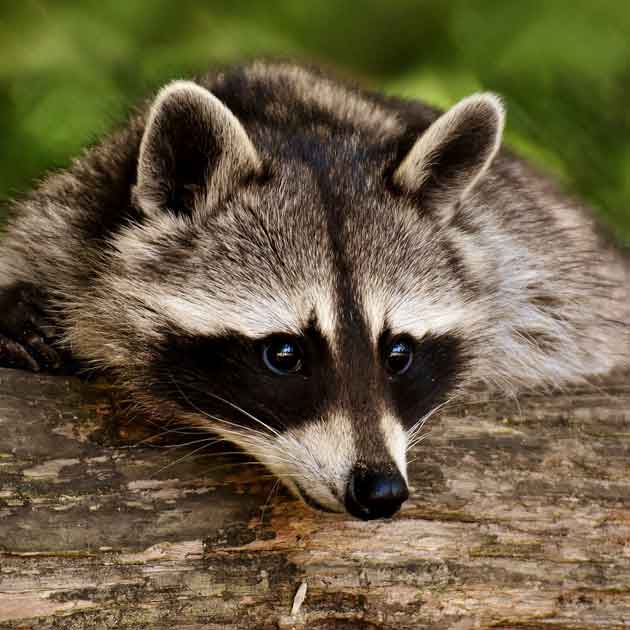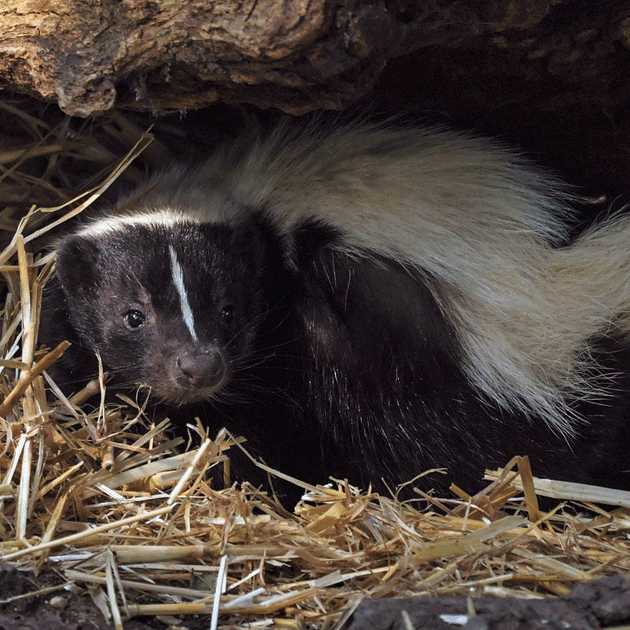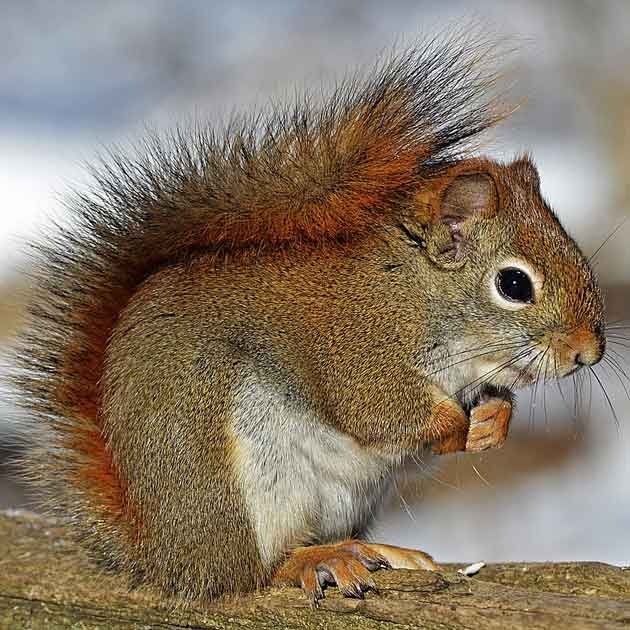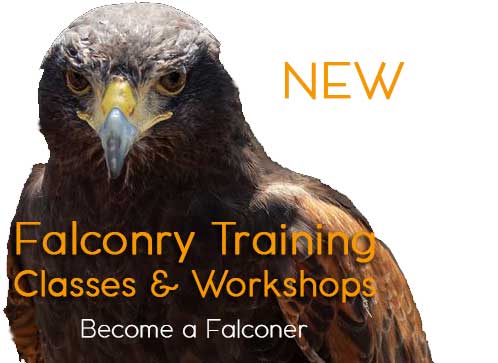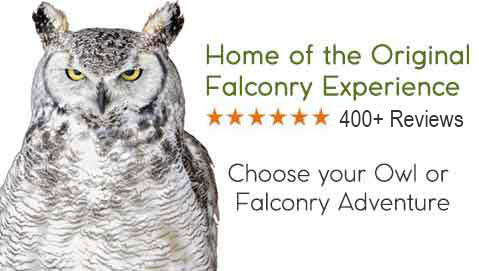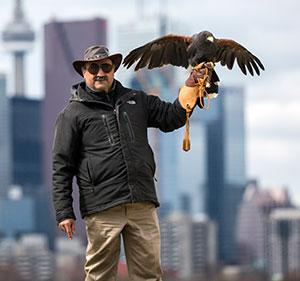The Greater Toronto Area has seen a marked increase in coyotes over recent years. Their growing presence and a number of attacks have sparked great concern in GTA residents and city officials.
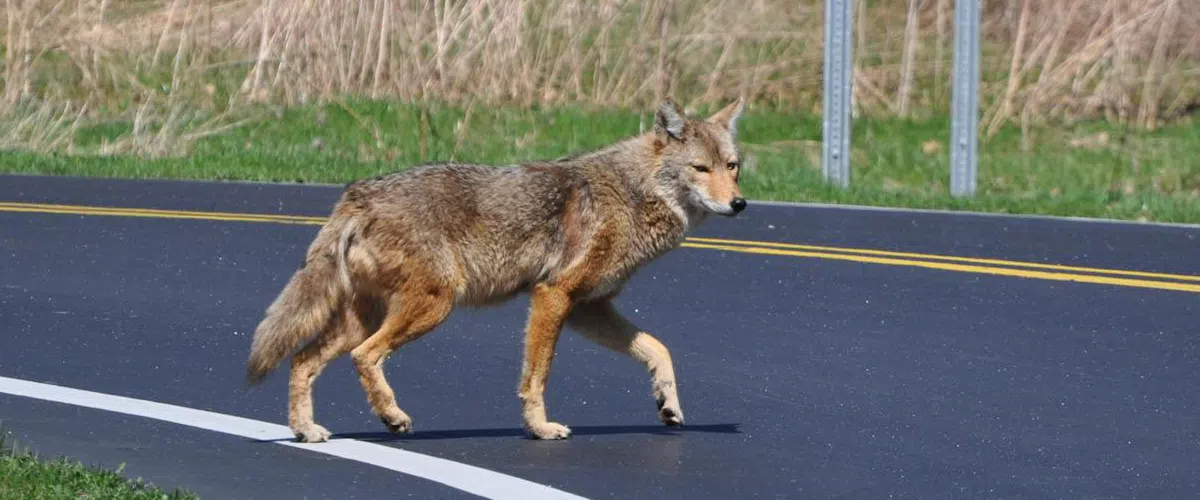
The Toronto area has many greens spaces, woodlots, parks, an extensive network of rivers, streams, ravines, as well as numerous underground waterways and tunnels that offer safe passage and living space to wildlife and allows animals to roam much of the cityscape without being exposed.
How Did We Get to Coyotes Posing a Danger to Toronto Residents and Pets?
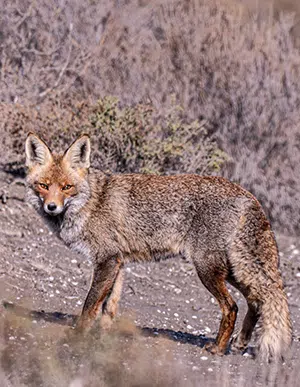 Abundance of Food
Abundance of Food
Coyotes are opportunistic omnivores that will eat almost anything available. Both urban and suburban areas offer an abundance of garbage and food scraps, as well as smaller prey animals.
Human Behavior
Residents still feed wildlife in their backyards or nearby parks. Even feeding squirrels or chipmunks will attract coyotes as these small mammals become easy prey. Likewise, feeding dogs or cats outside will bring about coyotes or other crittters who in turn become a quick and easy meal.
The Pandemic Connection
The pandemic lockdowns a few years ago created a very unique set of circumstances with lingering effects still felt today.
Wildlife Feeding
During the lockdowns, people were looking for entertainment and something to do while stuck at home and wildlife watching (and feeding) became a pastime. This resulted in wildlife associating people with food.
Increase in Number of Pets
Pet ownership during lockdowns in the U.S. went up from 67% to 70% of households; it’s safe to assume that the numbers are similar in Canada. Many families added a pet to their home during a time when they were able to spend more time at home. Pets occupying backyards also fall prey to coyotes.
Increase in Territory
During this time, people were also not allowed outside their homes to visit parks or even go for a walk in public. Spaces previously brimming with every-day life became deserted and safe for wildlife to take over. Couple that with the expectation of getting food from humans and it’s no wonder we now have a problem.
Conclusion
Coyotes that typically shied away from people have now come to associate people with being fed. Spaces once avoided by wildlife, have now become coyote territory.
First Steps to solving the Coyote Problem
Public education and awareness are key. There are several websites where more information can be found.
Why Hazing is Not the Solution
Hazing measures ultimately fail as the coyotes have learned not to fear humans and are becoming increasingly aggressive during encounters.
- Coyotes will quickly learn that hazing does not pose a real threat.
- The objective is food (you and/or your pet) and you cannot ‘teach’ a coyote to step away from food.
Imagine a new dog in your home: how many times do you need to correct unwanted behaviour before the dog learns and the behavior changes? Teaching a coyote (or any wild animal) to leave food or take away its meal without a violent reaction is an impossible task.
Challenges to Mitigating Toronto's Coyote Attacks
Predator control measures, such as hunting, trapping, organized culling to reduce populations in a given area have been outlawed in most major cities, including Toronto.
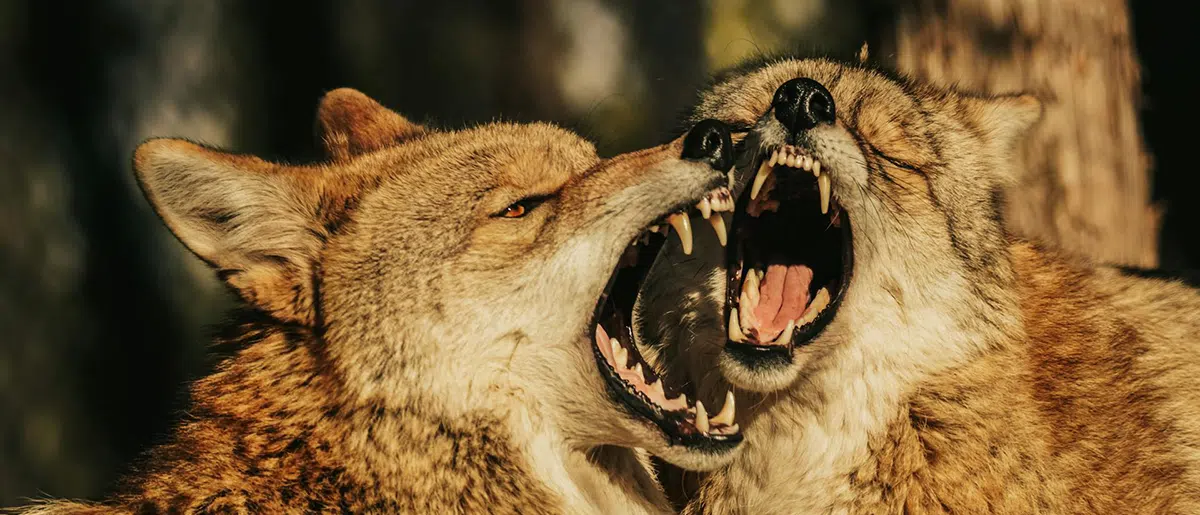
No Natural Predators
There are no predators to coyotes in urban or suburban areas except humans.
Relocation is Problematic
Reducing the number of coyotes in an area is a balancing act. Coyotes are territorial animals, and if the numbers of animals in one area go down too far or too quickly, animals in adjacent areas will move in to fill the gaps.
Because they are territorial, relocation typically leads to the death of the animals that are relocated. Coyotes already established in that new territory will kill and consume the relocated animal as it is considered prey because it has trespassed into their territory.
Spread of Disease
Possible transfer of disease from one area to another is also a primary reason why it is illegal to trap wildlife and release it more than one kilometre away from where it was captured. Rabies is a tremendous concern.
A General Cull is Inadvisable
There is no need to kill healthy animals that do not pose danger to human life. Removal of coyotes should be focused on the most aggressive, alpha animals.
Next Steps
Hawkeye Bird and Animal Control are the experts in coyote control.
1. Gathering Information from the Public
Hawkeye would suggest talking to the general public, to anyone who has witnessed a coyote attack, about where coyote sightings take place, the time of day, and the specifics of the attacks.
2. Observation and Identification
Hawkeye would then set up trail cameras in the areas where the sightings have taken place, observe the paths used to and from their den, their watering place, and identify the more aggressive coyotes. These are the coyotes that are not afraid of humans, that have lost natural fear of humans and associate humans with food and being fed. The focus will be on these animals.
3 Bait and Set Traps
Hawkeye would then set legal, ethical traps approved by the MNRF, Ontario Fur Managers Federation and the Fur Institute of Canada. These are humane live traps that capture and hold. These are not the traps from the early 1900’s that are sensationalized in TV or movie productions.
A Word of Caution: Rabies
There is also the possibility of identified as aggressive animals having been in contact with rabies. There are several rabies vaccine bait operations ongoing in Ontario by the MNRF (Ministry of Natural Resources and Forestry) starting in June until October as there have been documented cases of rabies - mostly in South Eastern Ontario. Rabies makes animals very aggressive and their natural behaviour changes considerably as their brain becomes infected by the virus. Rabies is fatal to any human or animal once symptoms appear. If anyone or their pet is bitten by, or even touched infected wildlife, contact public health immediately and go to your nearest emergency department to begin the rabies protocol.
Contact Hawkeye Bird & Animal Control
Get in touch with Hawkeye and learn more about how to solve the increasing coyote problem and prevent further attacks on Toronto area residents and pets. Let's put in place a plan that doesn't unnecessarily harm coyotes that do not endanger humans and make Toronto's parks and neighbourhoods safe for all again.
Related Articles: https://www.hawkeye.ca/sitesearch?q=coyote


